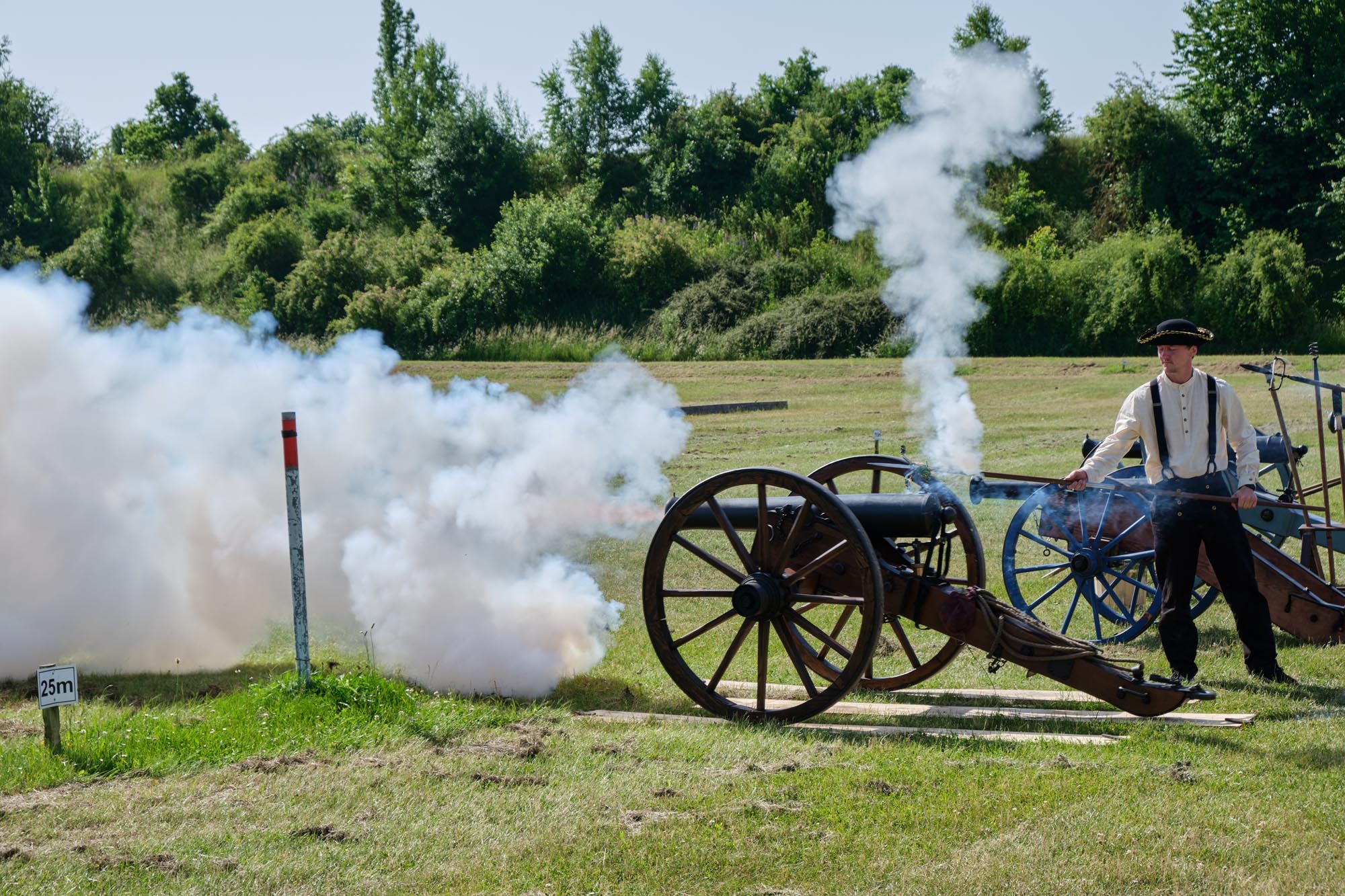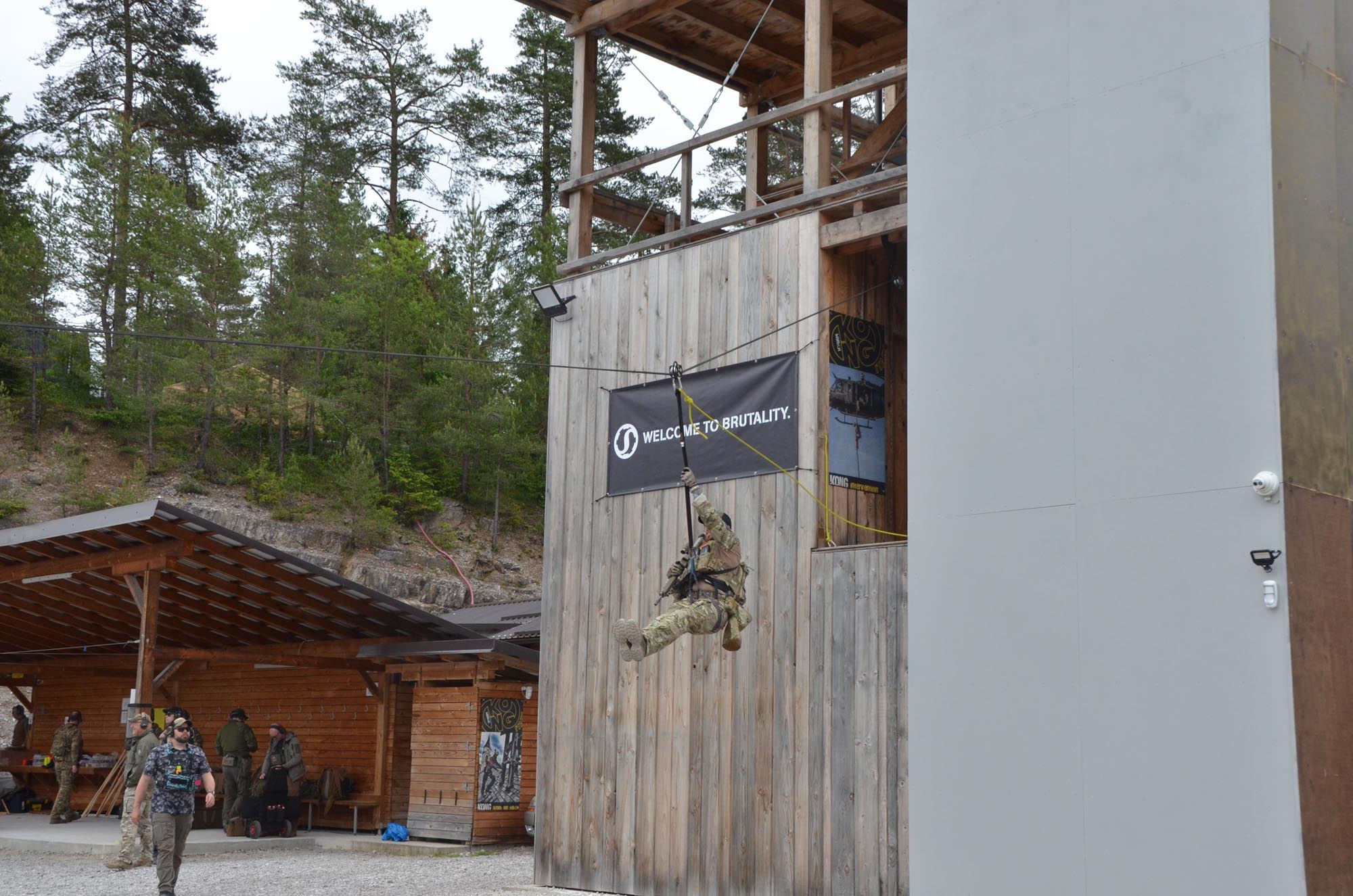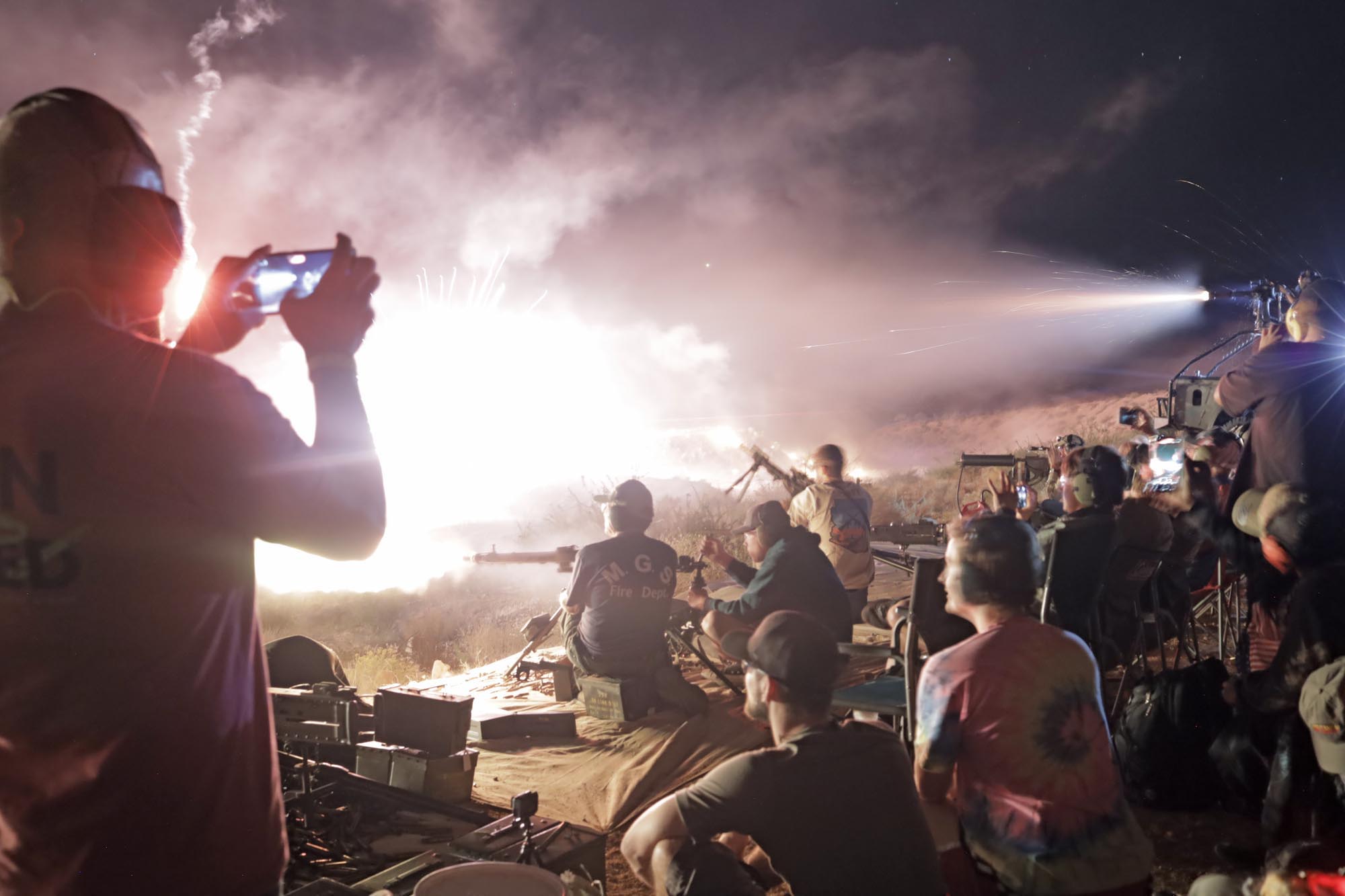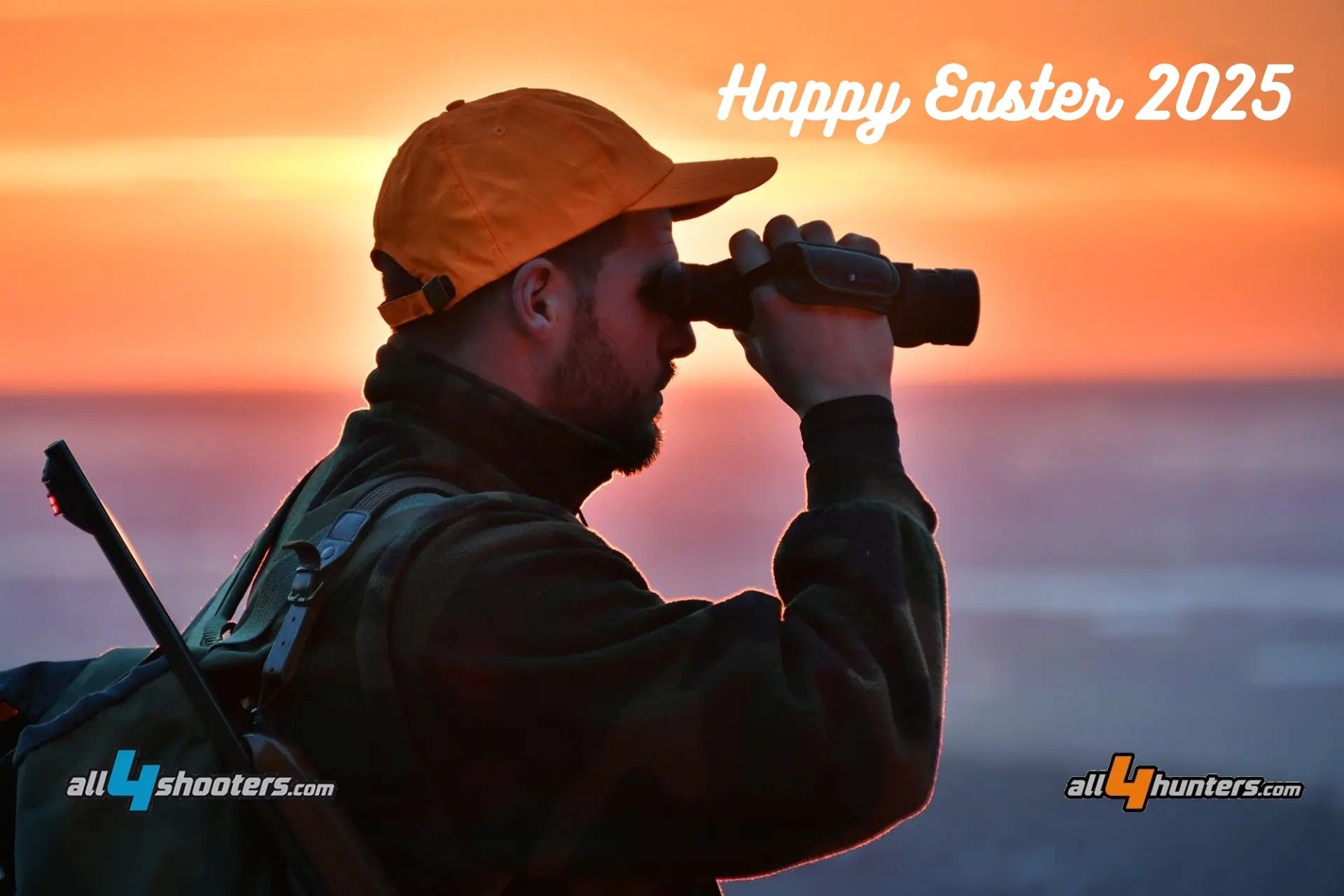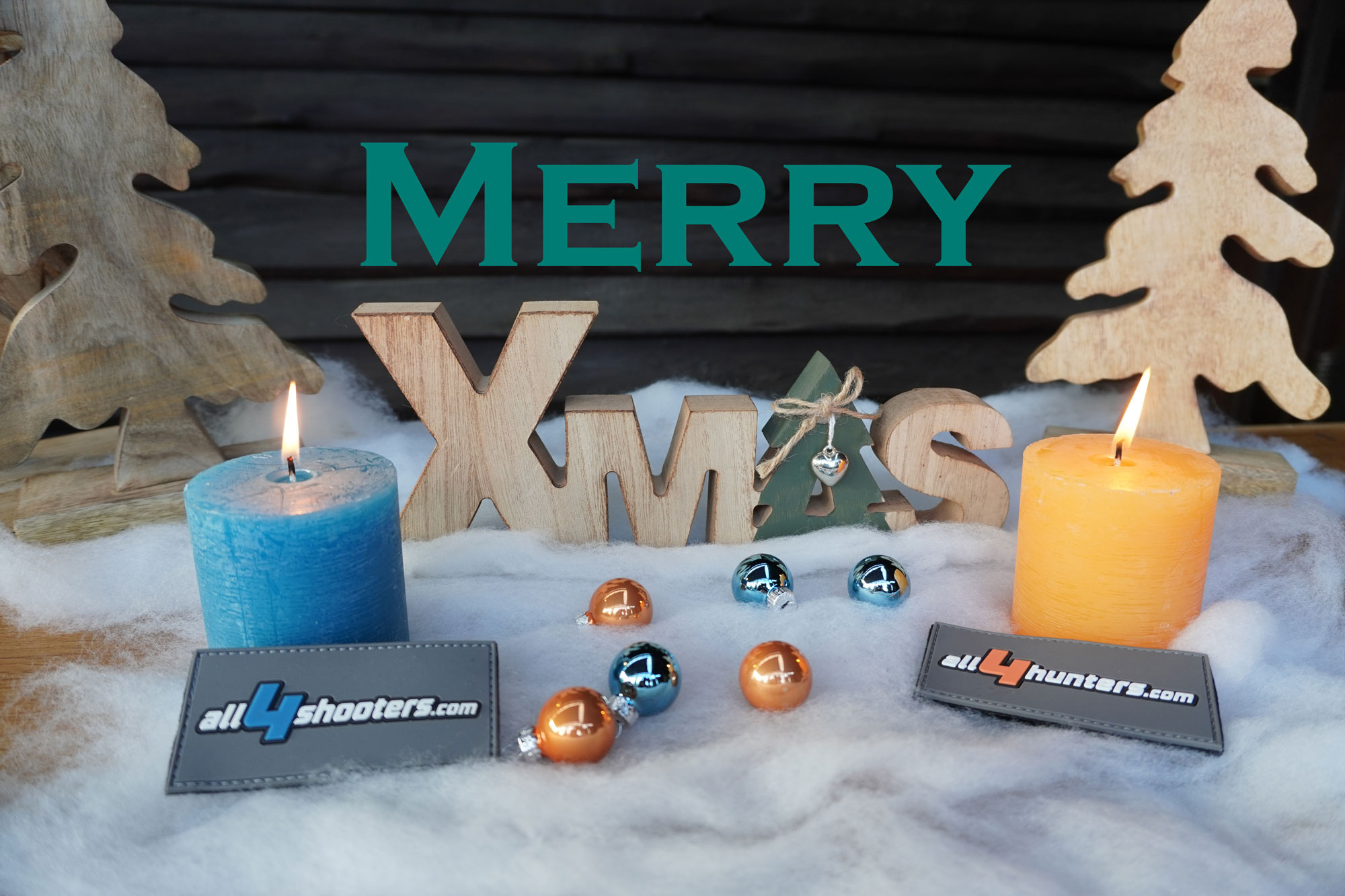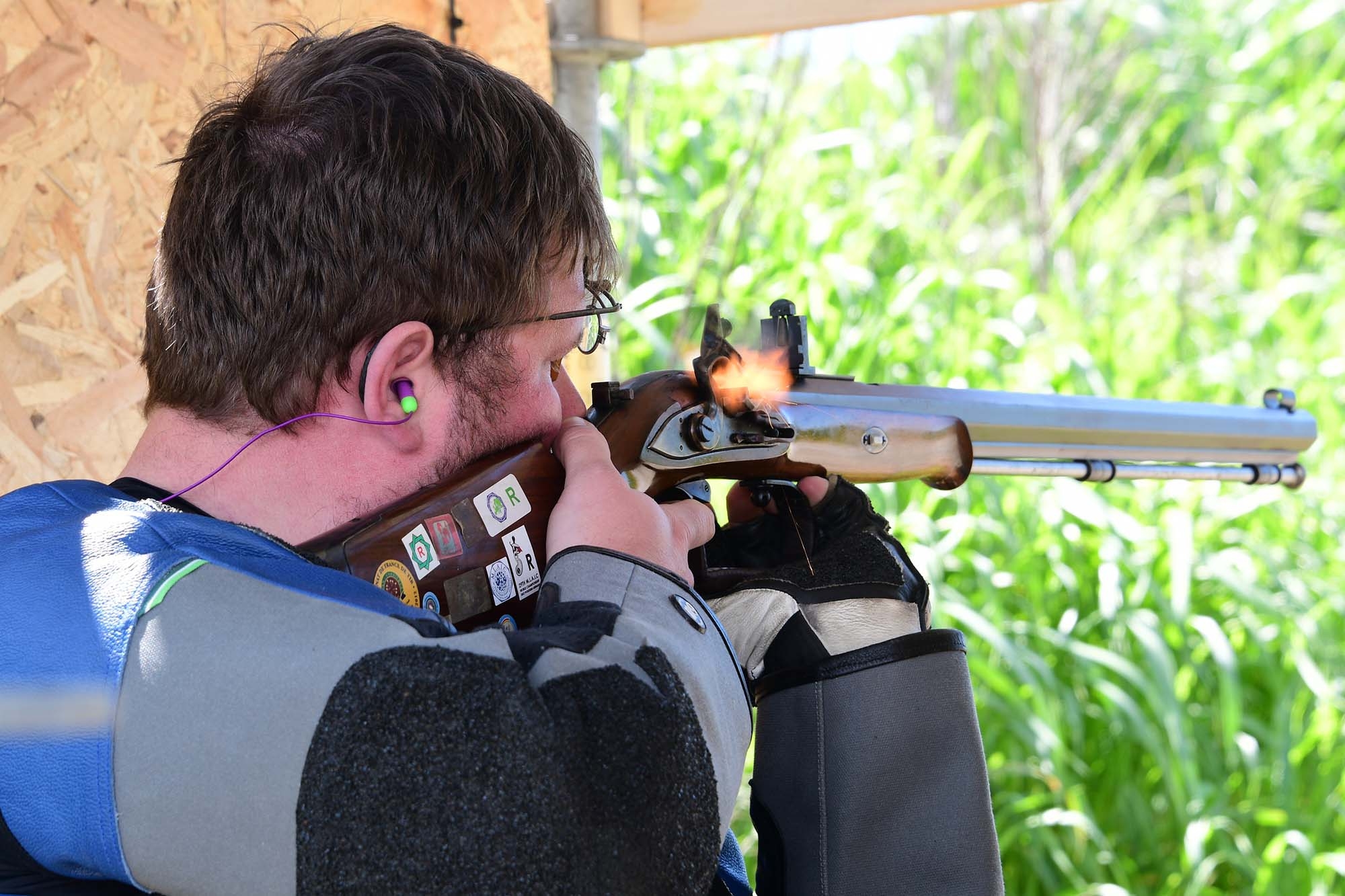I’m reporting from the excitement and awesome experience of having just hunted an amazing and unique animal, the Pronghorn, in Colorado. Fastest land animal in America, second fastest in the world, and one of north America’s big game animals. As a European hunter, it was an exhilarating experience, one that I will treasure for the rest of my life.
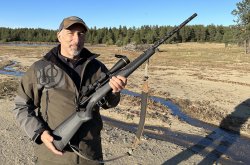
But let’s go back to where it all started. Jens Tigges from OMI issued an invitation to four European reporters, in Spain, UK, France and Italy – and that included all4hunters.com, and yours truly. The program featured the pronghorn hunting trip as its highlight, together with a factory tour to Savage, Hornady and Leupold in four different States: Massachusetts, Colorado, Nebraska and Oregon, over a span of 12 days.
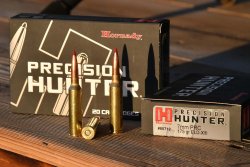
We would be building our own straight-pull bolt action rifle, a Savage Impulse Mountain Hunter (see our article here) chambered in 7mm PRC, and would be using Hornady’s Precision Hunter7mm PRC ammunition load with the 175gr ELD-X bullet, and to top the gun off, a Leupold VX-6HD 3-18X44 with Firedot reticle.
We all got to test the complete rifle package, and also a number of Leupold supporting optics, such as the BX-4 Pro 10x42 binoculars and the RX2800 TBR/W laser rangefinder, both invaluable to assess game and measure its distance. Separate articles detailing the experience in touring these three great American manufacturers, and the thrill of actually assembling my own Impulse rifle, plus field tests of each product will follow in the upcoming weeks. As I had only a vague idea of the kind of weather I would be finding in the high plains of Colorado, I chose to take with me a full Beretta apparel set, the Alpine Active jacket with Rupicapra pile, the rugged TriActive Evo pants and Setter GTX boots – and considering we had wild temperature swings, my choice was spot-on.
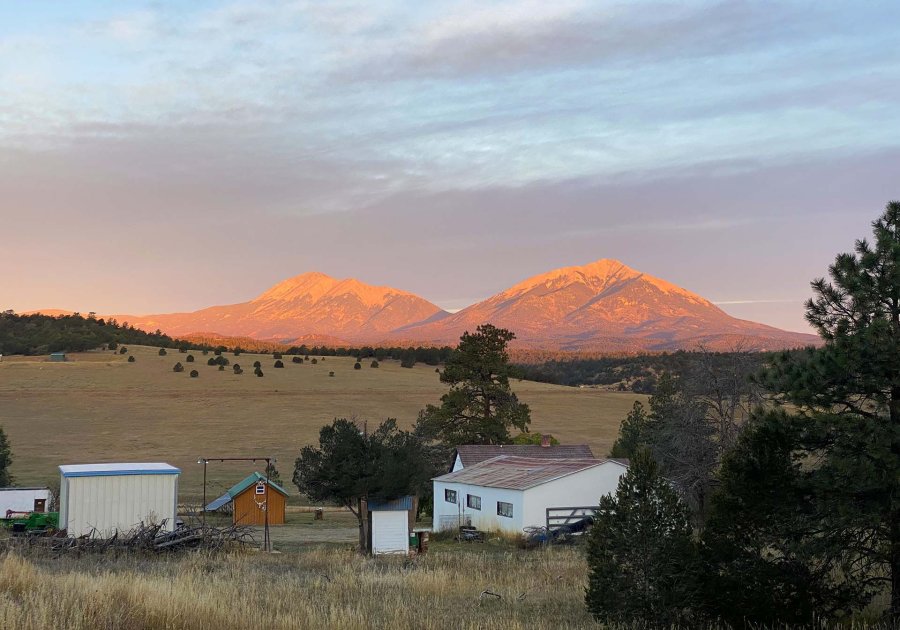
After a long flight to Denver from Boston, we had to drive for a few hours across the Colorado plains arriving to an abandoned truck station near Aguilar, where we met Seth Eichler, from Fulldraw Outfitters. He will turn out to be my guide and hunting partner the following days. The Ranch is located just 40 miles north of New Mexico’s Stateline, at an altitude of over 3,400 feet, basically 2,000 m above sea level – and it’s the home of Fred Eichler, a very well known name on the hunting scene in North America.
The full Pronghorn hunting experience Franco had in his 12-day travel to the USA
I was impressed by the sheer number and quality of his trophies in the main hall of the ranch, a veritable trophy room, with basically every north American big game animal, and some African ones as well, many of which hunted by Fred with a bow.
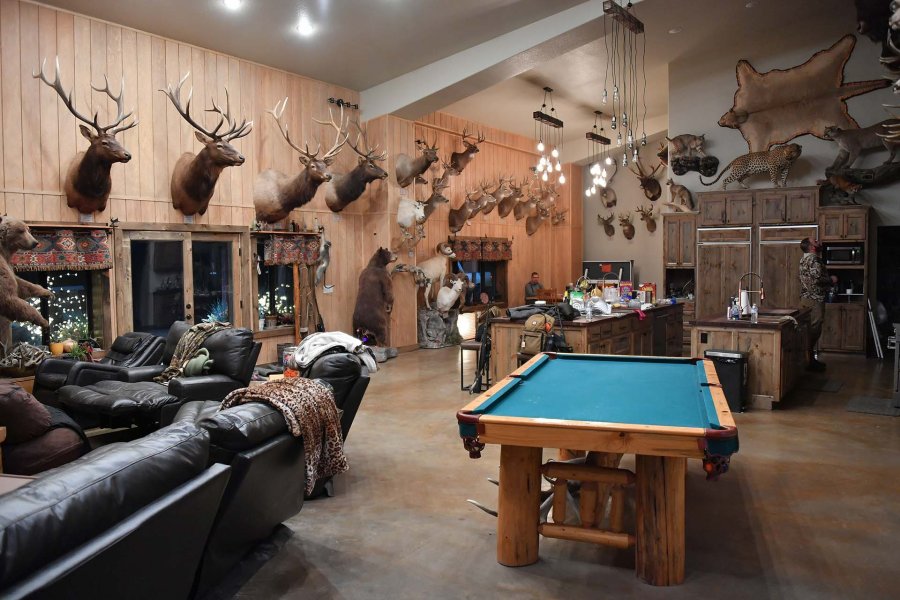
The Eichlers have a way with their hosts that is amazing: friendly, helpful and generous, we all felt almost pampered in our stay – and Fred himself was there to welcome us in his home.
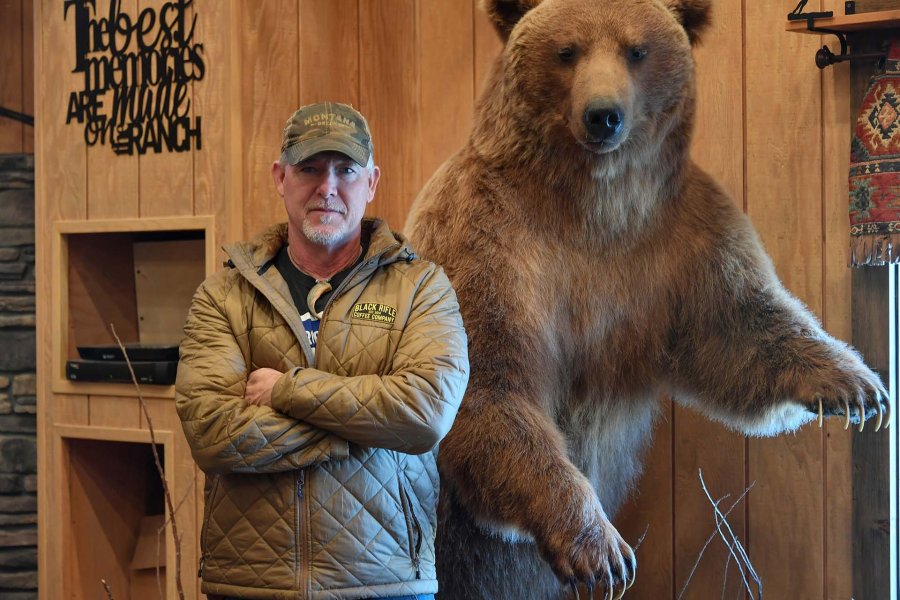
In the ranch, we found our 7mm PRC Savage Impulse rifles already waiting for us, fitted with the Leupod VX6-HD scopes and low rings, and a healthy amount of Hornady hunting rounds.
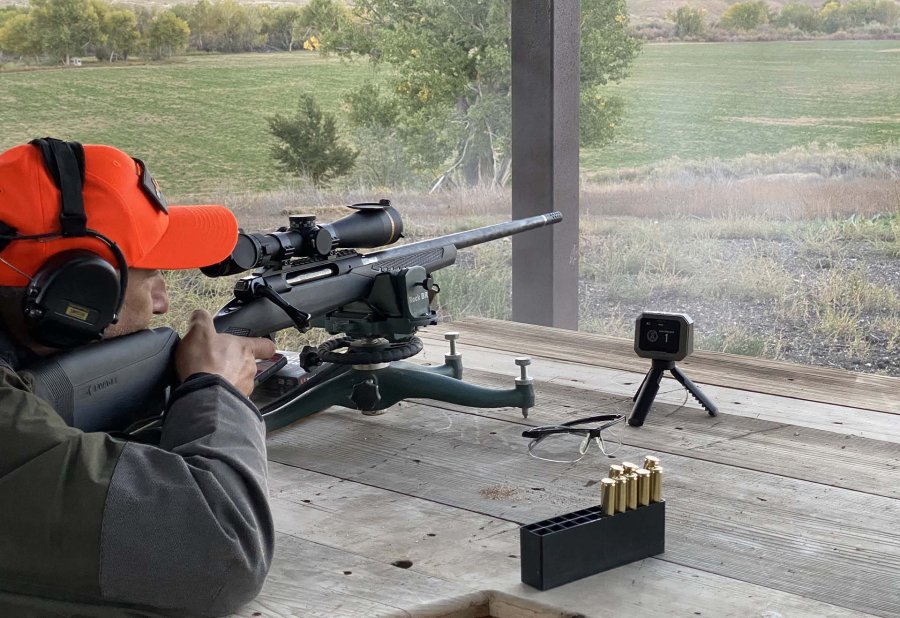
The first day we all passed at the Eichler’s shooting range, with steel plates distant up to a mile, to zero our guns and get a feel of the new ammunition capabilities: the 7mm PRC fits right between the powerful .300 PRC and the fast 6.5mm PRC; hard hitting, fast and with reasonably midl recoil, the 7mm PRC is the perfect round for this kind of hunt, as we will learn later, once we get to know better our game and its quirks. My first impression with the gun is amazing, accuracy is at least ½ MOA and actually could be better than 1/3 MOA, as I was able to easily hit a 12” steel platter all the way to 1000 yards using ballistic data obtained thru Hornady’s 4DOF app on my smartphone. We all left the range with a big smile on our faces.
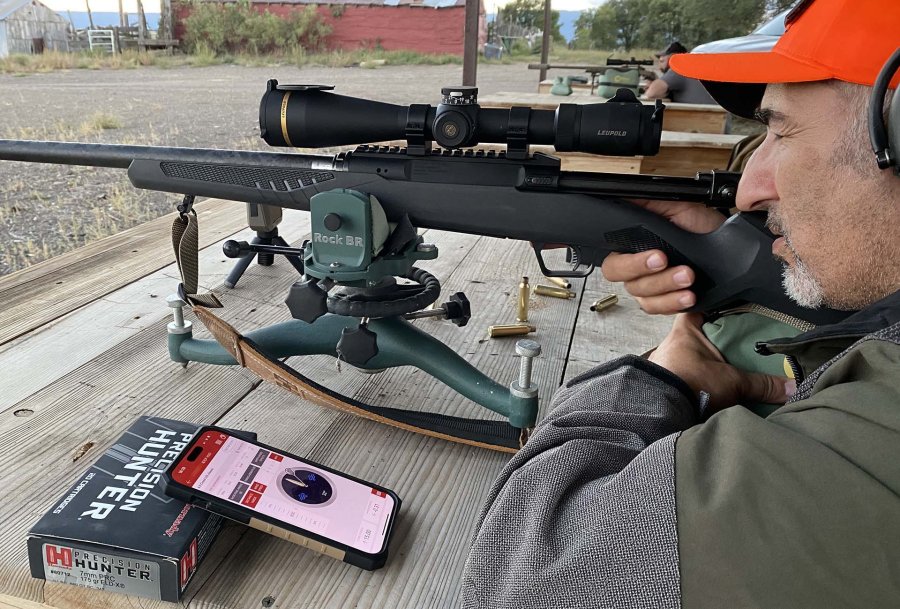
The pronghorn is an interesting animal, rather unique in the way that it is not an antelope (though it is widely known as the American Antelope) and is more closely related to the African Giraffe and Okapi.
Its range is interior western and central North America, from south Canada all the way to central Texas and California. Our hunting grounds are in Southern Colorado, at the edge of the Eastern Plains, that feature immense flat prairies and higher mesas, with two feet tall sparse and dry grass and up to four feet tall bushes with the occasional cactus. And dust. Lots and lots of dust.
The American Antelope can run up to 90 km/h, and sustain this speed for long distances, earning the monicker “Speedgoat” with which it’s known in Colorado. The buck has an average weigh of 40-60 kg, and it can live to 10-15 years; it’s eyes cover 300 degrees and can spot moving objects at a distance of an incredible 4 miles. Long shots are the norm, although it is possible to stalk a pronghorn to bow shooting distance. It’s easy to spot, however, getting near one of the older – and trophy worthy – ones is a different matter; especially the larger, older bucks are clever, fast and keep their distance. Approaching one that has set his focus on you can be really frustrating, as I had firsthand experience.
We found my pronghorn in the middle of the road, while we were driving along the prairie, quarreling with a younger buck. We stopped the truck and walked out, as both bucks bolted in opposite directions. By the time we were both ready, me and Seth, the older buck was at least a mile away.
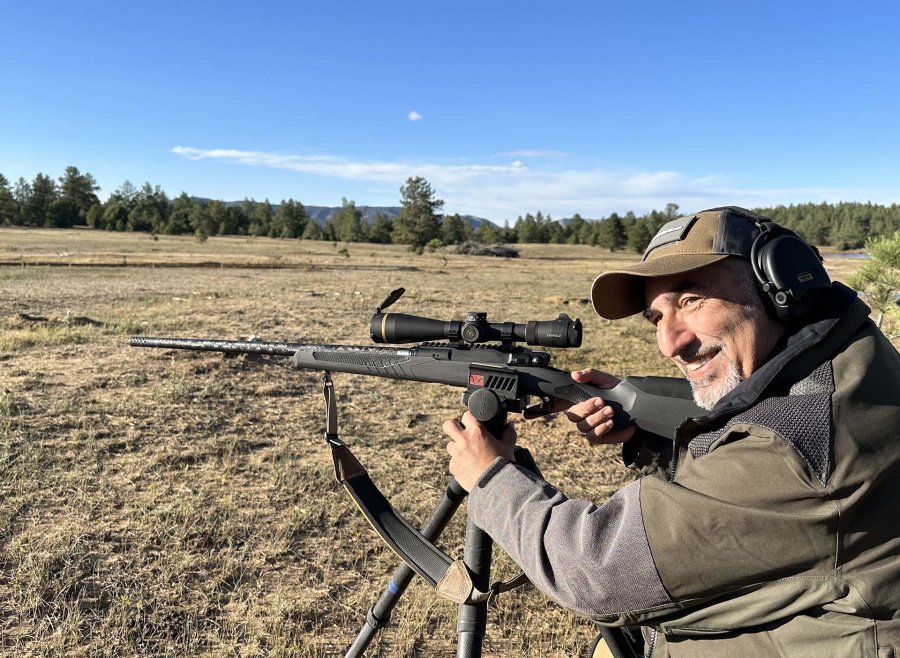
I mounted the gun on a tripod, very well knowing that in such open terrain I would have to take an accurate shot at a major distance. I already had used tripods in PRS, so I believe the use of this type of support to be superior to shooting sticks or bipods. Also, with the right tripod, weight concerns are marginal, as modern technology, i.e. carbon fiber, can be a game changer.
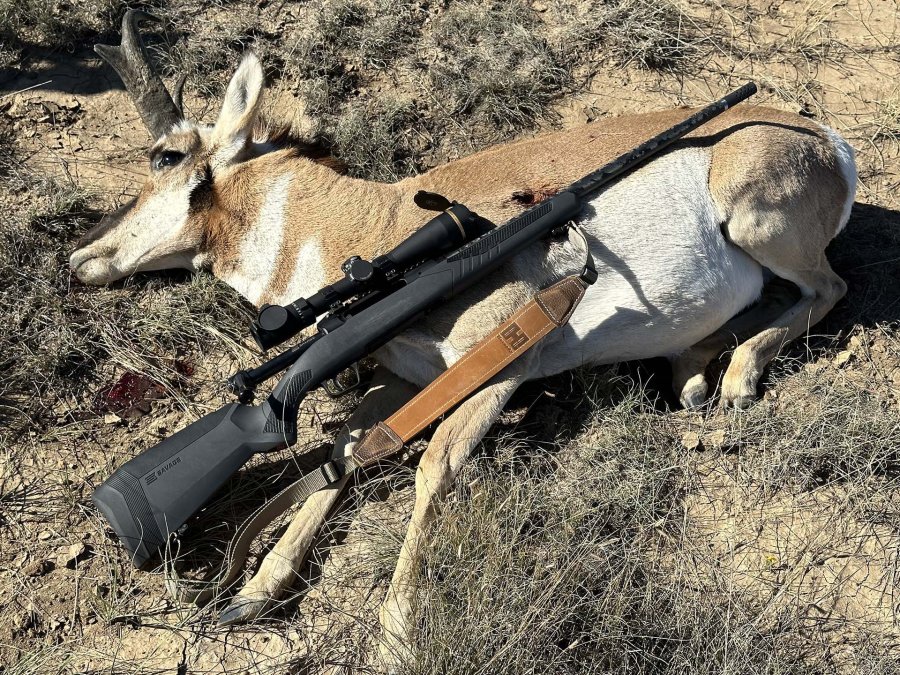
So, we started off stalking the buck, moving towards him, and all the while trying to use small bushes as cover. We would repeat this many times, every time we approached him reducing the distance to about 500 yards, the buck just ran some more, taking us for a long ride… it took the best part of a morning to manage to approach at a distance which Seth metered at 396 yards, with the pronghorn lying down in the bushes. Seth acknowledged this would be the shortest distance the buck would allow us to be, and so gave me green light to sight it in.
I dialed the dope on the elevation turret and waited for the buck to get up to move again. When it did, it presented a perfect broadside shot picture – so I called shot placement, took a deep breath and sent a round downrange.
The buck went down, and it took quite a while to reach him. It was a perfect hit, to both lungs, and in Seth’s words, “the buck was smoked”. Seth assessed the pronghorn I hunted to be a beautiful specimen, making it into the Pope and Young book, with a 72” rank; not exceptional, but really good. 140 pounds and at least 4 and a half years old to maybe six. Mine was the longest shot, each other of the three European hunters that had the privilege to hunt here in Colorado had the chance to shoot at much closer distances, from 140 to about 300 yards: we all got our own pronghorn!
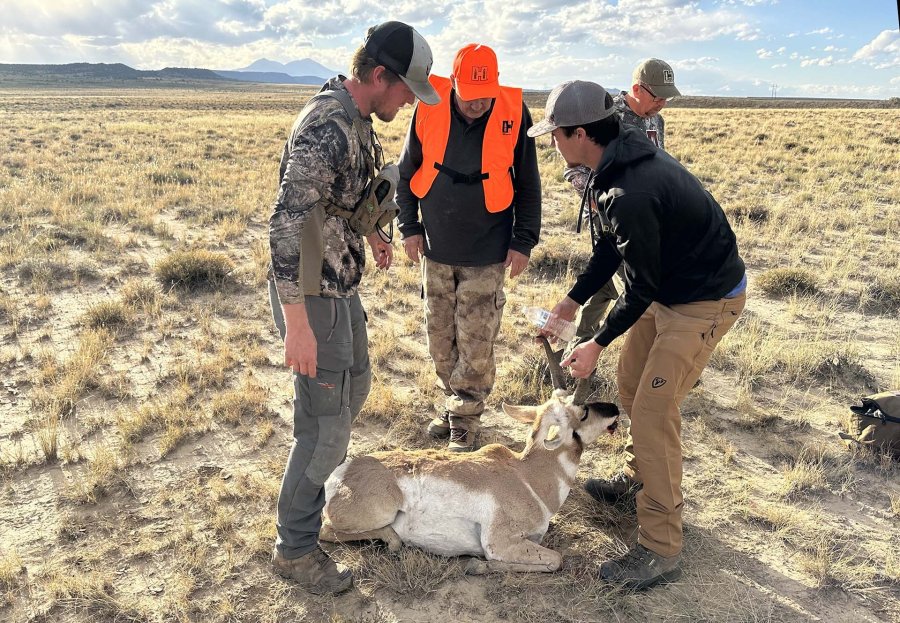
After the hunt, I got my buck prepped and dressed, and the following day Michele Eichler herself marinated and cooked the meat for me and the rest of the gang! What a day. What a hunt!
Colorado Pronghorn buck tags are not very difficult nor extremely expensive to draw, but it can take up to two years to get one, especially for non-resident hunters, and in some cases even longer. Plus, good game outfitters and guides such as Fulldraw Outfitters have long booking periods – Eichler’s Ranch is fully booked until 2026!
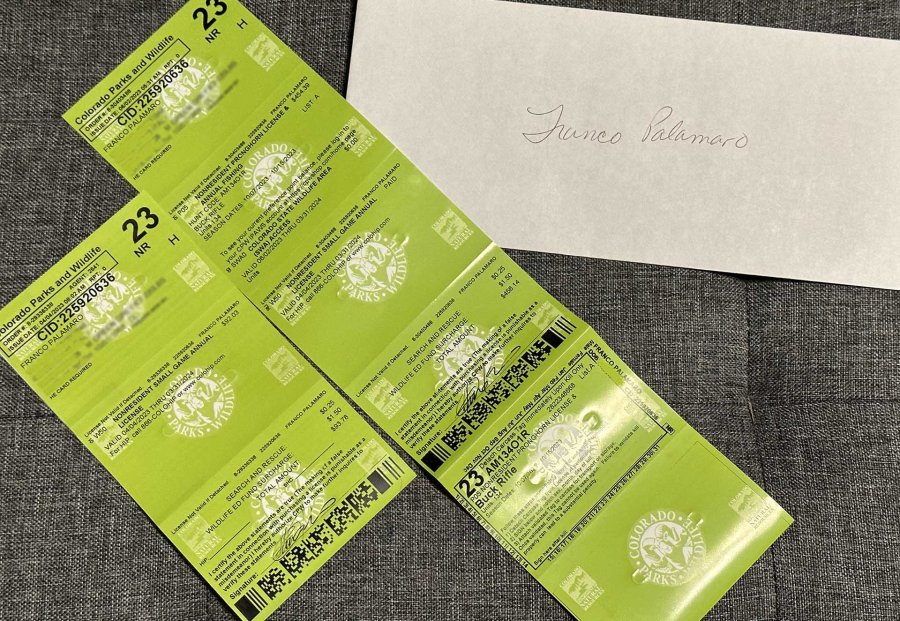
Before I wrap up this reportage, a personal note on the pronghorn meat and taste. It’s absolutely unique – it’s very lean and dark in color, high in iron, the taste is strong, flavorful, and at the same time, sweet, tender, with a prominent note of sage. Surprisingly, I learned that it has one third the calorie content of the same weight of beef! Very healthy, and also surprisingly, needs little to no aging to cook. Not everyone agrees, but I have to say it’s possibly the best meat I’ve ever eaten.
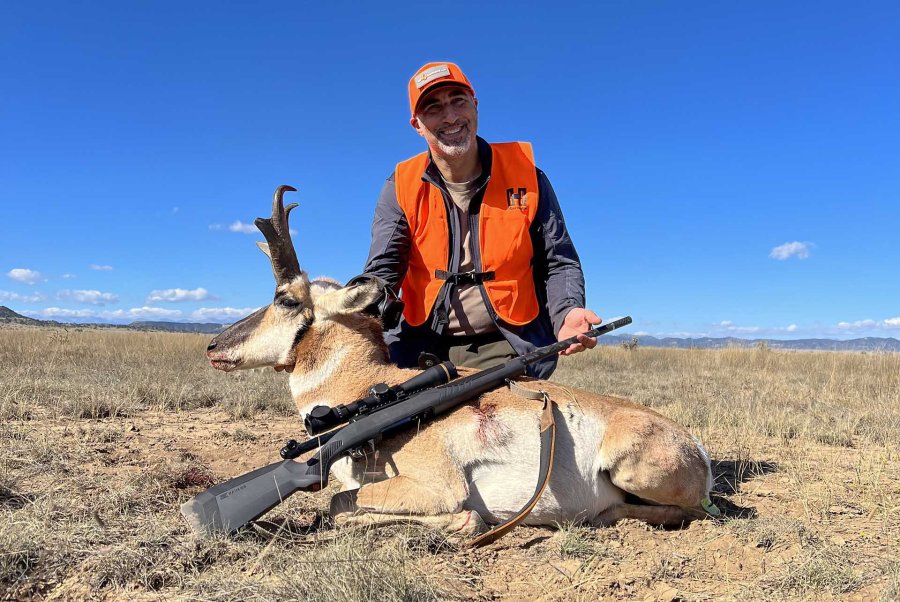
And back to the way I opened this article. My experience was amazing. And I can only suggest to whoever wants to hunt pronghorn in the USA to just go for it, however be advised that it will take a long waiting list, it will be overall more expensive than your average international hunting trip, and that you really need to book with a reputable and solid outfitter to have the best hunting experience.
VIDEO: A brief primer on the American Antelope
Although known as the American Antelope, the Pronghorn is unique in that it’s not an antelope at all, rather more closely related to the African Giraffe and Okapi. It lives in Western and Central North America, with a preferred habitat of the prairies and deserts with close by water sources. It is the fastest American land animal and the world’s second, after the African Cheetah: it can run up to 85 km/h, and sustain this speed for long distances. The buck has an average weigh of 40-60 kg, with a 10 to rarely 15 years lifespan; it’s eyes cover 320 degrees and can spot moving objects at up to an incredible 4 miles. It has distinct white rumps, striped necks and bellies on a tan fur coat; the hair is hollow. Feet have two hoofs. The horns have a bone core, and a sheath of hardened skin that sheds annually; the tips are branched with a pronged tine – for which they’re named. Horns are 10-inch long on average, from 13 inch on it’s an exceptional trophy. Pronghorns can be easy to spot, but difficult to hunt; they can sprint at incredible speed and once they are aware of the hunter, they can keep a very healthy distance. Stalking and ambushing are the two preferred hunting methods, but patience is the key. Experts estimate that only one out of five stalks gets the hunter close enough for a shot. So, long distance shots may be needed to harvest a good trophy.


